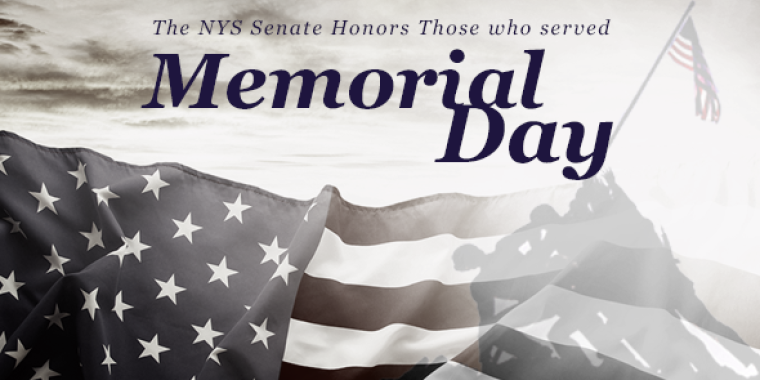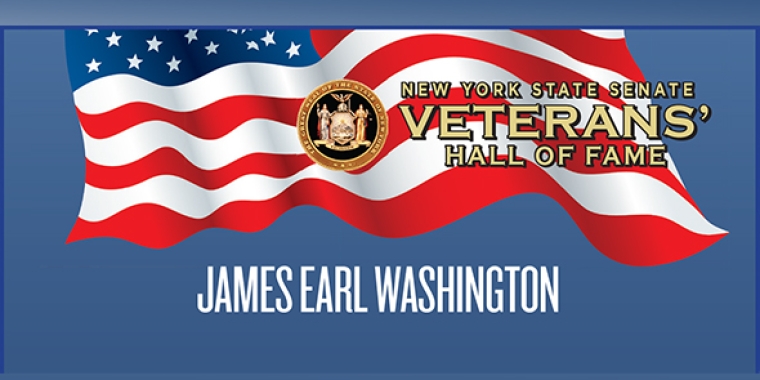
Tips For Safe Holiday Shopping
Dean G. Skelos
November 24, 2010
The following information is provided by the New York State Consumer Protection Board (NYSCPB).
The NYSCPB is warning consumers to use caution as they look for bargains in stores and online when they are doing their holiday shopping this year.
The following links will access printable information brochures from the NYSCSB:
Refunds, Rebate and Rainchecks
Layaway Plans
ONLINE SHOPPING SAFETY
Click here for a printable copy of "Savvy and Safe Online Shopping"
The Internet offers many benefits that are not available in a bank, store or mall. It is open 24 hours a day, seven days a week, and allows users to shop from the comfort of their homes.
Nevertheless, shopping online is not without risk. The following tips and advice will help make sure that any transactions you make online are safe and secure.
GETTING STARTED
Know the company with whom you are dealing: Anyone can create a web site that looks professional. If you are not familiar with the company, request a catalog or brochure to get a better idea of its merchandise and services. You can also check the reliability of a company with the Better Business Bureau at www.bbb.org.
Use a secure website and browser: Make sure that the web site contains a closed lock or unbroken key icon on your screen’s status bar and look for the "http" in the web site address when making your purchase. Make sure that your web browser complies with the most current technology such as Secure Sockets Layer (SSL) by making sure you are using the latest version of the Internet browser since this technology scrambles your purchase and financial information. If the company's web site does not provide these protections, you should consider ordering by telephone.
Read the privacy policy of the web site: This will help you determine whether your personal information, such as your e-mail address and other identifying information, will be used or shared with others. Determine what security features are in place so that any personal information cannot be obtained and used fraudulently.
Know your rights: The Federal Mail/Telephone Order Merchandise Rule covers online purchases. Your order must be delivered within 30 days unless otherwise stated and you must be notified of any delays in shipping. If the company cannot reach you to obtain your consent to the delay, they must, without being asked, promptly refund all the money paid for the unshipped merchandise.
HOW TO PAY
The two safest ways to pay over the Internet are by credit card and electronic fund transfers.
Paying by Credit Card: Credit cards offer additional protection in case of a dispute. Generally, you are liable for the first $50 in charges, but some companies offer an online shopping guarantee that ensures you are not held liable for any unauthorized charges.
Paying by Electronic Fund Transfers: These transfers involve debit cards and other electronic banking transactions which result from direct withdrawal of cash from your bank account. Unlike a credit card, this method of payment requires you to notify your bank of an error on your statement within 60 days.
Also, if the card is stolen or lost, your liability can depend on when you report it.
• If you report within two business days of discovering the card lost or stolen, you will not be responsible for more than $50 of unauthorized use.
• If it gets reported after seven days but before 60 days, you could lose up to $500.
• If you wait to report a lost or stolen card, after 60 days you risk unlimited loss.
• Some institutions do not make you pay more than $50 regardless of when you report the loss or theft. Ask your bank about its liability limits.
Credit cards are covered by the Fair Credit Billing Act (FCBA). Electronic fund transfers are covered by the Electronic Funds Transfer Authority (EFTA) The following transactions are addressed by the FCBA and the EFTA:
• if you or an authorized user have not made the charge;
• charges that are incorrectly identified or show the wrong amount or date;
• statements that have computation errors;
• statements that fail to properly reflect payments, credits or electronic fund transfers;
• if the financial institution does not mail statements to your current address and you have notified them within 20 days of the end of your billing cycle;
and
• when you request an explanation because of a possible error.
In the event of such errors, the FCBA and EFTA recommend that consumers send a written notice to the creditor or financial institution within 60 days. Telephone discussions do not always protect your rights. For further assistance, contact the NYS Consumer Protection Board.
Paying COD: If paying by credit card or electronic fund transfers are not options, request that the merchandise be sent ‘cash on delivery’ (COD). You can also make a payment with a personal check or money order since these methods are easier to trace than a cashier’s check.
Additional Tips:
-Always maintain a record of your online transaction by printing a copy of your purchase order and confirmation from the web site.
If the company sends you a confirmation via electronic mail, you should retain a copy of that correspondence until all concerns regarding the transaction are satisfied.
-Prior to purchasing any item online, check shipping and handling fees, compare prices and fully review any warranty information.
-Finally, check the company’s refund and shipping policies.
Share this Article or Press Release
Newsroom
Go to NewsroomHonoring Our Heroes this Memorial Day
May 22, 2015

James E. Washington
May 20, 2015

Missy Miller
May 13, 2015

Earth Day / Arbor Day 2015
April 21, 2015
